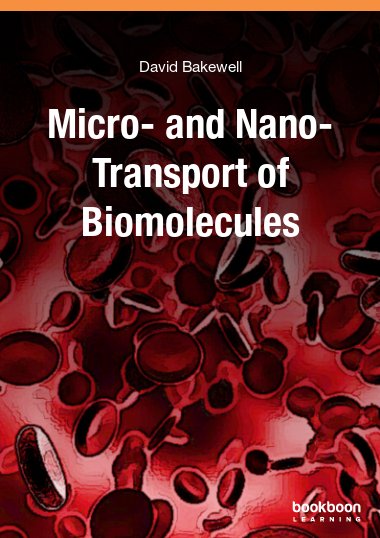This e-book introduces the reader to biomolecules and describes the experimental and theoretical aspects of their micro- and nano-scale motion in water. Particular emphasis is given to their transport in engineered micro-environments where they are driven by externally imposed electric fields. Envisaged application technologies of this wide-ranging science involve healthcare, food provisioning, environmental services, etc. The e-book is generally intended for undergraduate students studying chemical, life, physical and engineering sciences, and also interdisciplinary researchers.

